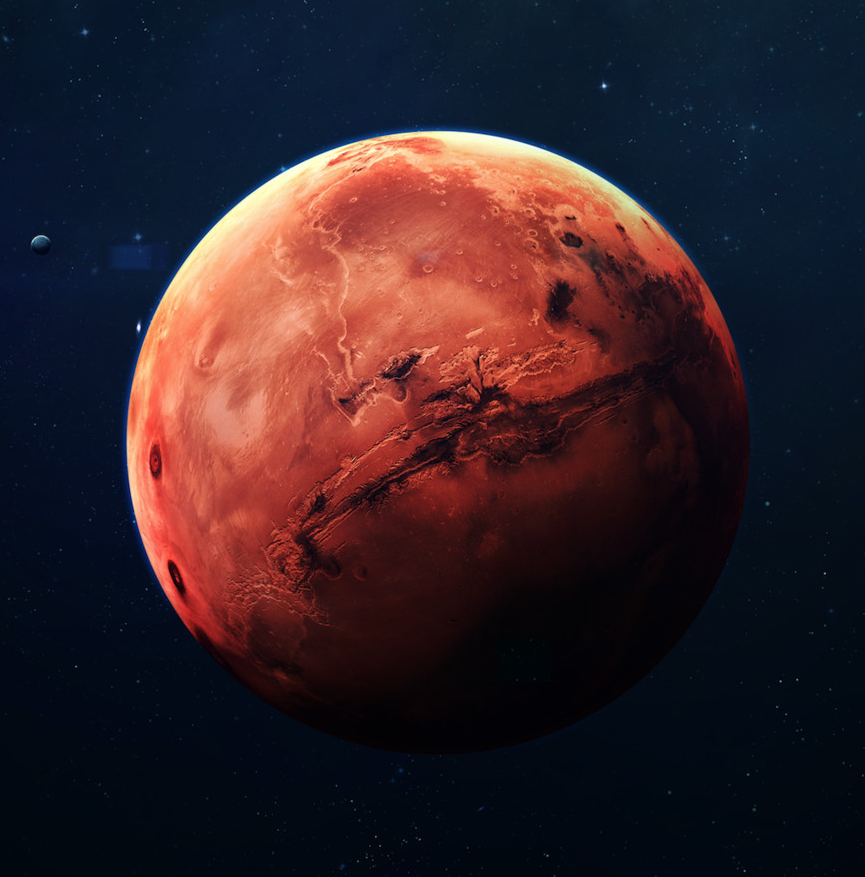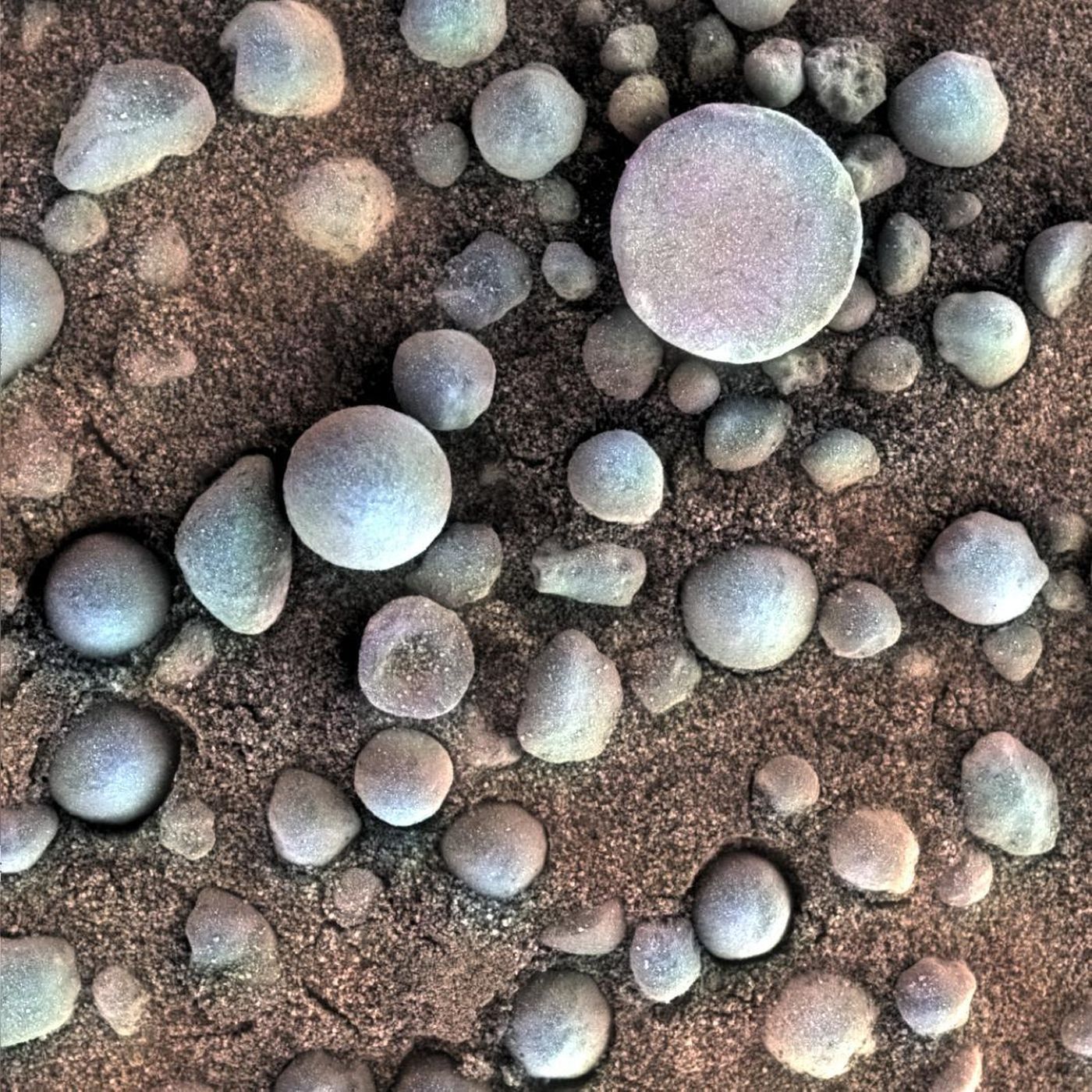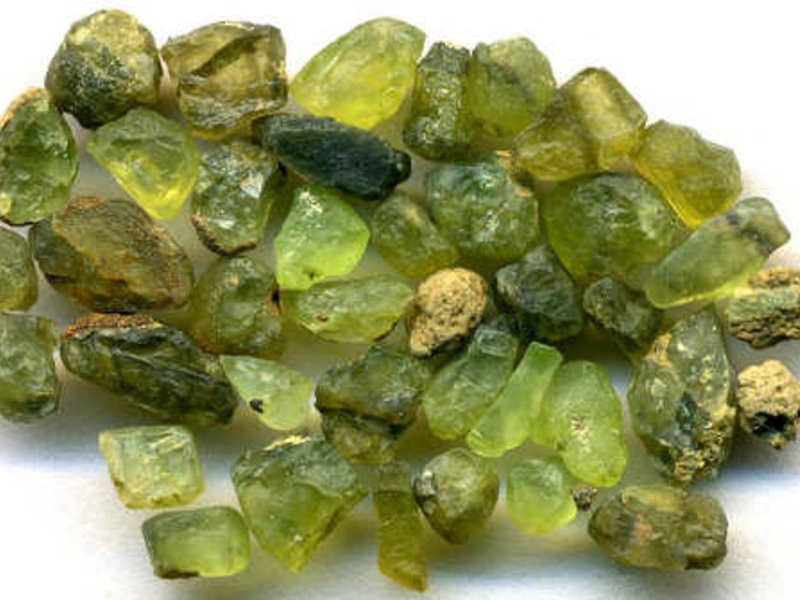Treasure of the Fourth Planet
(edited)
IPFS
Foreword:
Mars is the fourth planet from the sun and the seventh largest in the solar system; the planet's mass is 10.7% that of Earth. Named after Mars - the ancient Roman god of war, corresponding to the ancient Greek Ares. Mars is sometimes referred to as the "Red Planet" because of the red color given to its surface by the mineral maghemite -- an iron(III) gamma-oxide.

What are the prospects?
Shortly before his death, British theoretical physicist Stephen Hawking proposed that it would be possible to provide people with resources and energy for a long time and to achieve technological breakthroughs thanks to the colonization of Mars and the moon.
current time:
Currently, despite ambitious plans to develop Mars, humanity has no clear idea of where to fly and why it is needed. Scientists' plans are fragmented and there is no common understanding. Many scientists fall into several "warring" camps: some believe that Mars needs to be started and that exploring the Moon is a waste of time. Some scientists also believe that after completing the debugging process of space technology, it is necessary to start from the moon and reach Mars. A third group of scientists is skeptical about the colonization of Mars and the Moon. The scientists cited evidence that everything needed for use on Earth, including rare metals and other chemical elements, is present in sufficient quantities on the surface of asteroids in near-Earth space. Some astrophysicists predict that large celestial bodies with a diameter of 1.5 to 2 kilometers can contain both common metals-iron and nickel, and precious metals-gold, palladium and even platinum, and the average cost of ores mined on asteroids can be It ranges from $100 million to $10 billion, depending on the amount of ore mined. The development of minerals on asteroids is likely to meet the growing demand for minerals on Earth.

A big question!
One hurdle is the need to unite dozens of the world's largest economies to build transport and production systems and agree on a fair distribution of resources. Even when they did, human history is full of examples of bad agreements. People don't know how to negotiate. Some countries may be oppressed, disaffected and deceived for political and economic reasons. When a lot of money and resources are involved, it might be worth thinking about how to make the contract fair. While I do not support Bitcoin or other cryptocurrencies as the salvation of mankind, I do believe that blockchain technology can help solve the eternal problem of deceit.
Let's get back to business!
I digressed a bit, stepped aside, and left the main topic of the article. I am a supporter of the second group of scientists who believe that it is necessary to go to Mars via the Moon. In another post, I'll try to show why starting with asteroids isn't so promising. Now you need to find the treasure of Mars!
Where is the treasure of Mars hidden?
Scientists have been actively studying the Red Planet since the late '60s, and it holds both exceptional economic interest and incredible danger for space travelers and colonists. Mars' main secret lies in its depths: in the red planet's soil. Mars millions of years ago may have been an exact replica of Earth, the cradle of humanity. Almost the entire periodic table is stored on Mars. The word "actually" cannot be taken literally: the tenuous atmosphere and low pressure have done the work for millions of years, so there can be no oil, gas or other hydrocarbons on Mars. In addition to terrestrial minerals, scientists have also found high levels of iron, magnesium, calcium, sulfur and other valuable substances that may benefit Earth in Martian soil. Researchers have also found traces of lithium, copper, gold, zinc, nickel, cobalt, niobium and other elements on the red planet. In other words, you can randomly point to elements in the periodic table and guess with high probability which ones can be found on Mars. The Opportunity rover also discovered iron ore-rich hematite spheres on Mars — so-called Martian spheres.

Hematite spheres are of no interest to trade, only to collectors. Water, nitrogen and argon should only be used for the needs of future colonists.
latest news!
Recently, NASA's Perseverance rover sampled Martian soil for the third time and found rocks found on Earth. it is the mineral olivine

Tweet link from the "Persistence" Twitter page:
https://twitter.com/NASAPersevere/status/1460662778159513600?s=20
"Peridot" is a green semi-precious stone. Scientists around the world are building theories about the origin of this rock on Mars. Most likely, olivine is thought to have formed on Mars as a result of carbon dioxide coming into contact with liquid water.
at last:
As you can tell from the material I have provided, Mars is very resource rich. But are these the treasures of Mars? Is this his true worth? In my opinion, not quite! "But at the same time, I don't mind having a few gold bars from Mars))"

what do you think?
How to measure the true value of Mars to human beings?
List of articles and other sources I used to write this article:
1 ) https://www.popmech.ru/technologies/news-773453-marsohod-perseverance-nashyol-neozhidannye-otlozheniya-mineralov/
2) https://ru.wikipedia.org/wiki/Марс#Основные_сведения
3) https://tvzvezda.ru/news/201804070821-1vub.htm
4) https://twitter.com/NASAPersevere/status/1460662778159513600
5) https://hightech.fm/2019/06/14/bowels-universe
6) Книга, Стивен Уильям Хокинг «Краткая история времени»
7) https://eswak.space/
8) http://endic.ru/enc_sovet/Kosmos-61464.html
Like my work? Don't forget to support and clap, let me know that you are with me on the road of creation. Keep this enthusiasm together!
